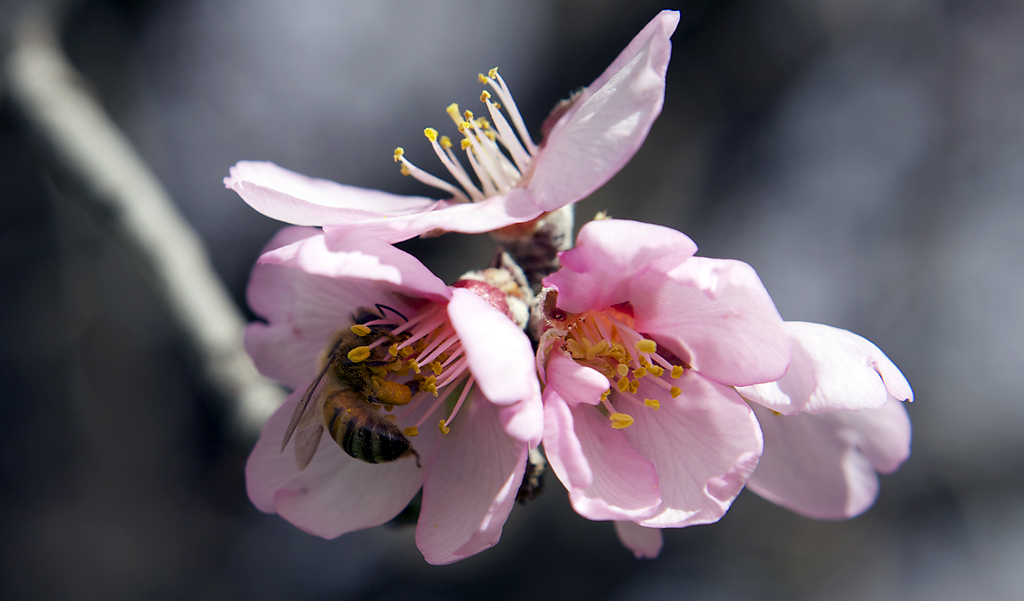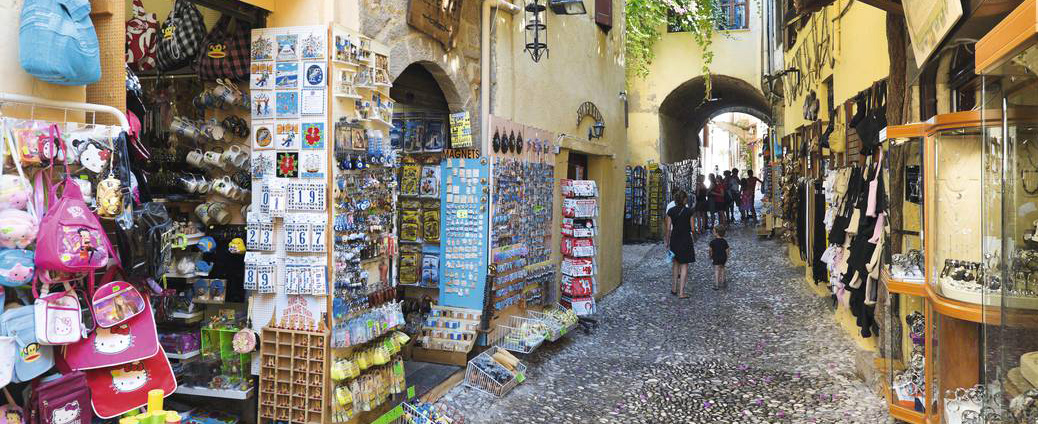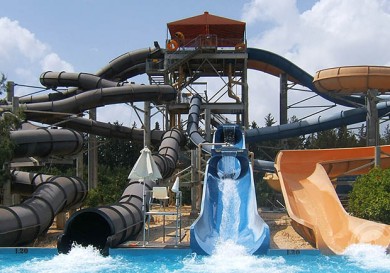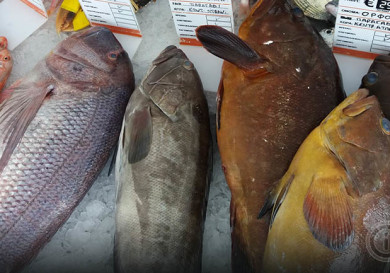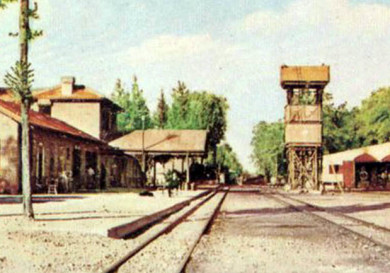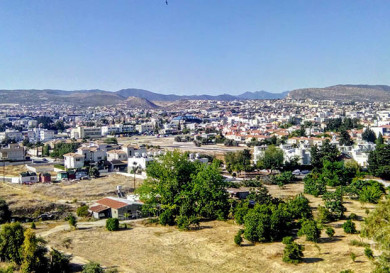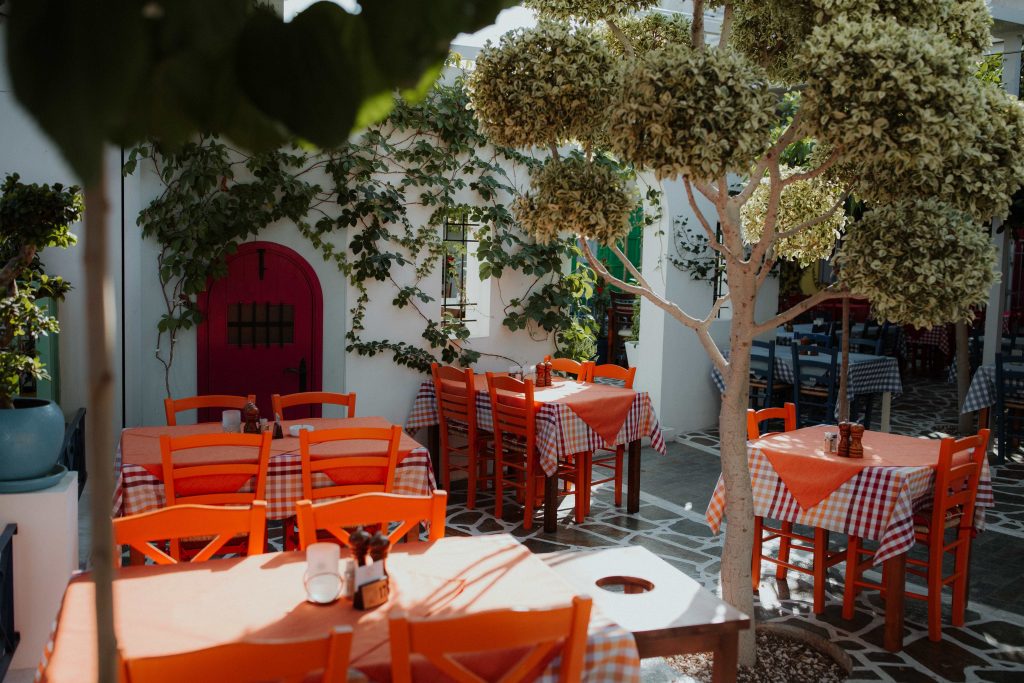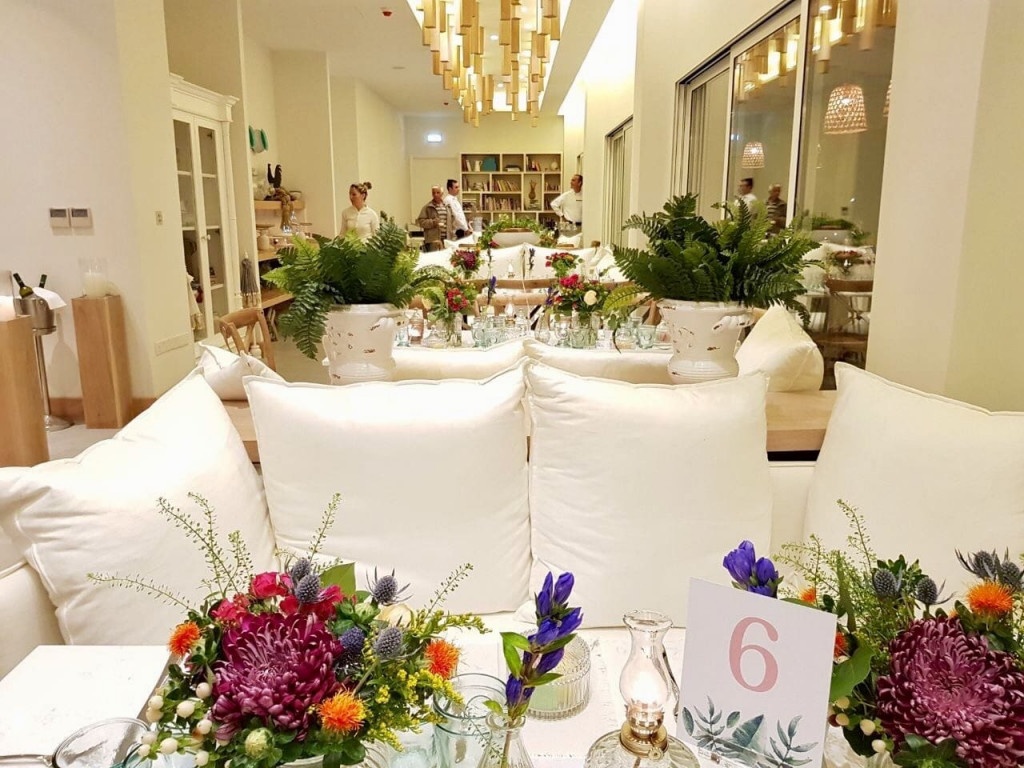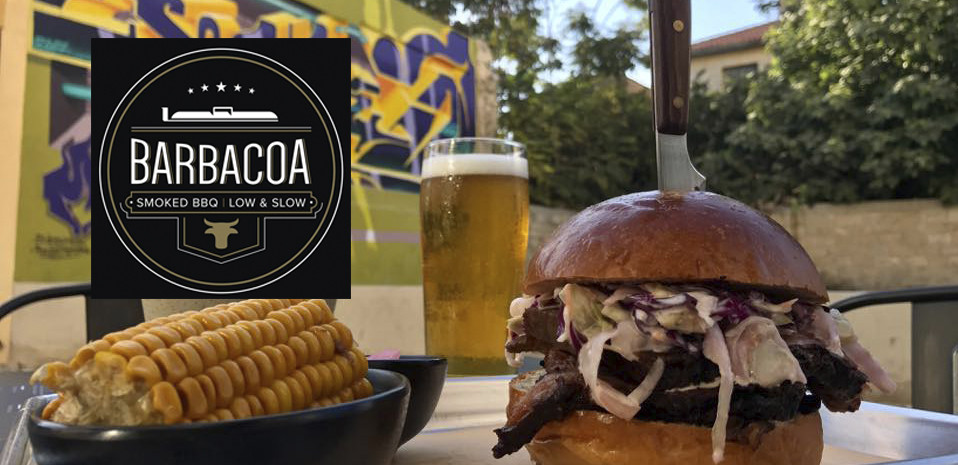Different in every season
The rich and colorful variety of the Mediterranean flora in Cyprus is of obvious interest not only to botanists, but also in general for nature lovers. However, at the height of the tourist season, visitors’ gaze is often presented to a picture of plains and hills exposed for many miles. The conspicuous lifeless landscape is caused by the fact that the flora of the island mostly “comes alive” in the winter, when the soil is sufficiently hydrated. The lowland part of the island is covered with vegetation typical of the region – evergreen shrubs around 1.5 m in height, different types of rough and semi-shrubs and dwarf perennials that can successfully tolerate any heat and drought.
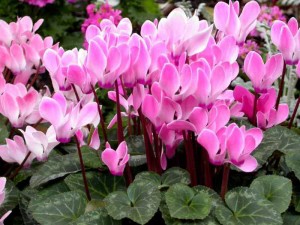 The directory handbook for the flora in Cyprus has more than 1900 species of flowering plants, with 140 of them blooming only on this island. The Flowering Centre of Cyprus is the Akamas peninsula and during the period from April to February, the Karpas foothills and plains are literally surrounded by greenery of more than 700 species of plants. This is a real botanical “Mecca” for connoisseurs. Most significant for the island’s flowering plants, fascinating with their beauty all who enter the land of Cyprus, are the pink cyclamen and the pink oleanders, which grow along the roads all over the island, and the pink orchid (Orchis Italica) with its wavy leaves that grows in the area of Paphos. According to the German botanist of the XVII century, “Nature has created orchid flowers to people looking at them, laughing or heavy with admiration.
The directory handbook for the flora in Cyprus has more than 1900 species of flowering plants, with 140 of them blooming only on this island. The Flowering Centre of Cyprus is the Akamas peninsula and during the period from April to February, the Karpas foothills and plains are literally surrounded by greenery of more than 700 species of plants. This is a real botanical “Mecca” for connoisseurs. Most significant for the island’s flowering plants, fascinating with their beauty all who enter the land of Cyprus, are the pink cyclamen and the pink oleanders, which grow along the roads all over the island, and the pink orchid (Orchis Italica) with its wavy leaves that grows in the area of Paphos. According to the German botanist of the XVII century, “Nature has created orchid flowers to people looking at them, laughing or heavy with admiration.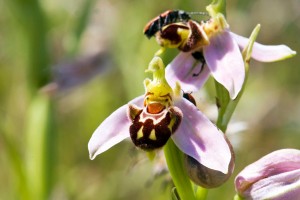 ” From the well-known 20 thousand species of orchids in the world, about 45 can be found in Cyprus, while the orchid Oprus kotshui, which amazes with its beauty, grows only in Cyprus. Driving around the island, you can smell the fragrance of laurel, rosemary, sage, thyme, marjoram, mint and other herbs that can be grown and specially grow quite independently. Spring brings to Cyprus a striking meadow of blooming daffodils, tulips, hyacinths, star Romulea Tempe, anemones and lilies of various colors and shapes. Flowers, like a blanket, wrap the plains and mountain slopes. An interesting plant, which may be encountered on the island, especially in its northern part – is a giant fennel, which reaches a height of 4 meters and has a branch, like the branches of trees.
” From the well-known 20 thousand species of orchids in the world, about 45 can be found in Cyprus, while the orchid Oprus kotshui, which amazes with its beauty, grows only in Cyprus. Driving around the island, you can smell the fragrance of laurel, rosemary, sage, thyme, marjoram, mint and other herbs that can be grown and specially grow quite independently. Spring brings to Cyprus a striking meadow of blooming daffodils, tulips, hyacinths, star Romulea Tempe, anemones and lilies of various colors and shapes. Flowers, like a blanket, wrap the plains and mountain slopes. An interesting plant, which may be encountered on the island, especially in its northern part – is a giant fennel, which reaches a height of 4 meters and has a branch, like the branches of trees.
Cyprus’ Forests
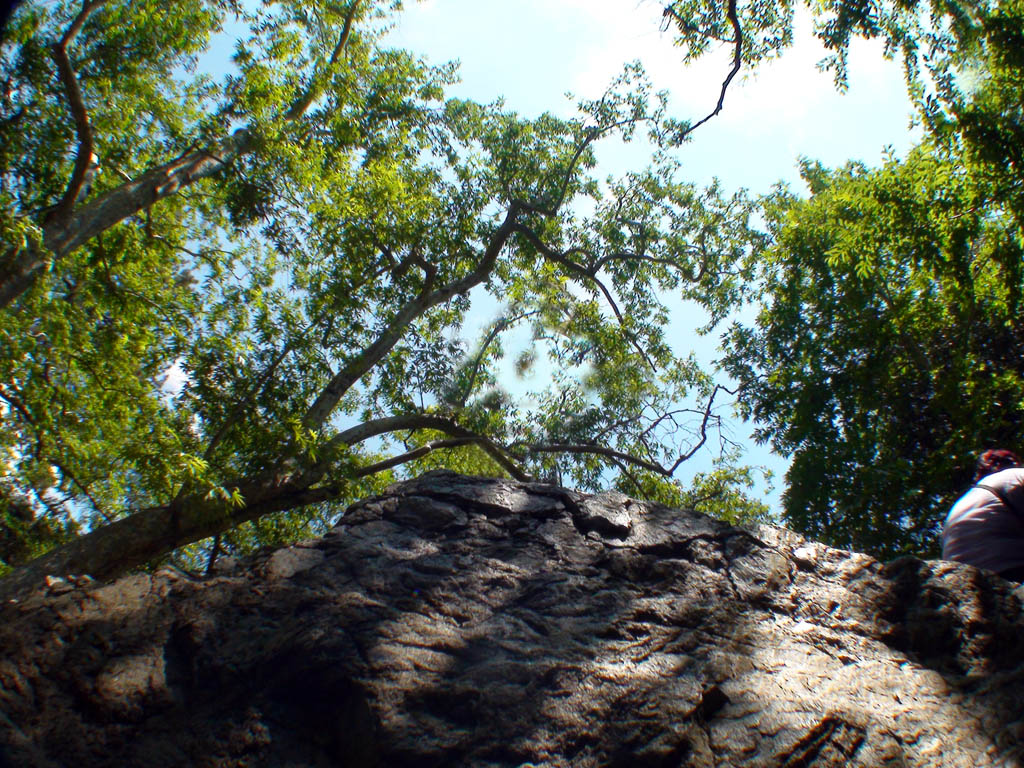 Speaking about the flora in Cyprus, we can not lose sight of one of the main natural resources – the famous Cypriot forests. In ancient times, the island was almost completely covered with impenetrable forests, which have found their place in the historical chronicles and literary works. The richness of the construction of the forests and natural resources was the reason that Cyprus was called the “green island in the Mediterranean.” Modern forests in Cyprus are mainly located on the slopes of the mountains, as well as on narrow strips of isolated coastlines. The largest forest tracts are concentrated on Kyrenia’s southern mountain range. Different kinds of pines, oak tres (golden oaks, dwarfs and a stone with small leaves like thorns), strawberry trees, eucalyptus trees and giant-sized cacti, endemic species of cypresses, junipers, sycamores, alders and cedars also grow in Cyprus. The cedar grove, which is located at the foot of one of the most beautiful mountains of Troodos, is of great interest to guides, which always take tourists there to see the oldest cedar tree in Cyprus. Its age is about 800 years old.
Speaking about the flora in Cyprus, we can not lose sight of one of the main natural resources – the famous Cypriot forests. In ancient times, the island was almost completely covered with impenetrable forests, which have found their place in the historical chronicles and literary works. The richness of the construction of the forests and natural resources was the reason that Cyprus was called the “green island in the Mediterranean.” Modern forests in Cyprus are mainly located on the slopes of the mountains, as well as on narrow strips of isolated coastlines. The largest forest tracts are concentrated on Kyrenia’s southern mountain range. Different kinds of pines, oak tres (golden oaks, dwarfs and a stone with small leaves like thorns), strawberry trees, eucalyptus trees and giant-sized cacti, endemic species of cypresses, junipers, sycamores, alders and cedars also grow in Cyprus. The cedar grove, which is located at the foot of one of the most beautiful mountains of Troodos, is of great interest to guides, which always take tourists there to see the oldest cedar tree in Cyprus. Its age is about 800 years old.
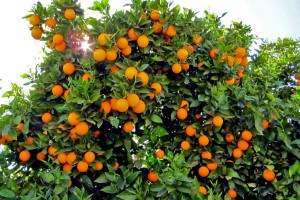 Fruit trees in Cyprus
Fruit trees in Cyprus
Citrus trees
Autumn in Cyprus is also a happy season for nature lovers since plenty of citrus fruit ripen: lemons, oranges, grapefruit. In Cyprus, we can find three main types of the orange tree: the wild orange, which has a particularly strong bitter taste, but is effectively used for making marmalade, the mandarin-orange, which has a spicy, sweet-sour taste and the sweet orange.
Olive trees
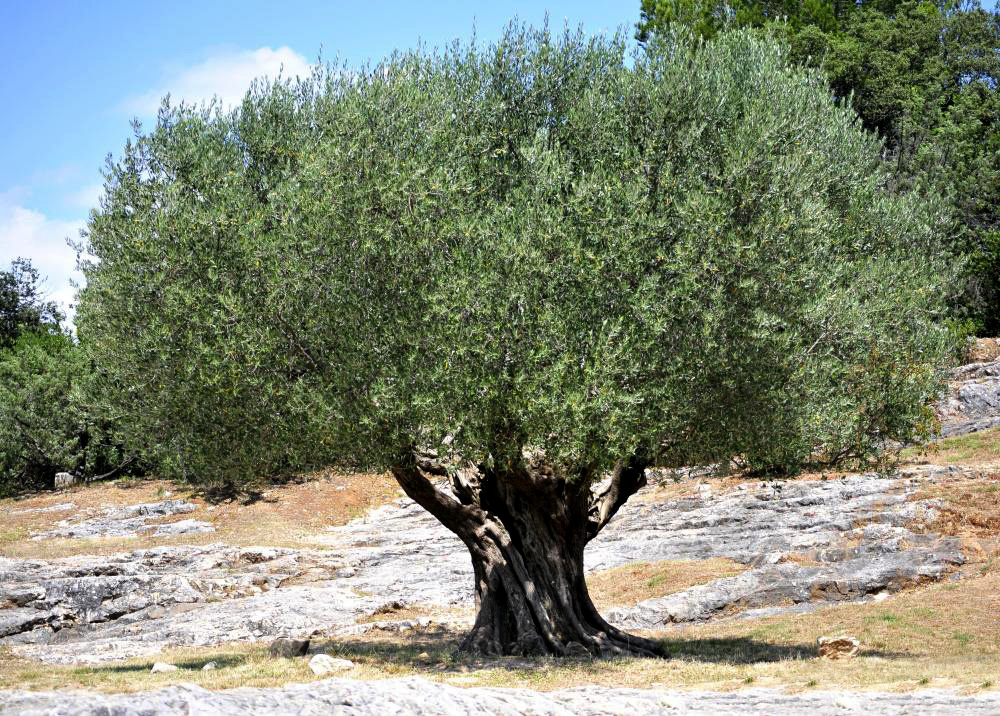 Olive trees are Cyprus’ calling card, as well as the green and black olives, olive oil and its derivatives – one of the major commodity resources of the island. Olive trees have been cultivated on the island for more than two thousand years, which is reflected in local folklore and sustainable Cypriot expressions: “Where is the sun and love, there are olive trees.” Due to its ability to survive in any environment, even after cutting and burning, olive trees have become a symbol of immortality, and even reincarnation, and for some superstitious locals – the best remedy for the evil eye, evil spirits, blessings for a wedding, the birth of children, the opening of new projects and other major events. From the Old Testament times the olive branch is a symbol of peace.
Olive trees are Cyprus’ calling card, as well as the green and black olives, olive oil and its derivatives – one of the major commodity resources of the island. Olive trees have been cultivated on the island for more than two thousand years, which is reflected in local folklore and sustainable Cypriot expressions: “Where is the sun and love, there are olive trees.” Due to its ability to survive in any environment, even after cutting and burning, olive trees have become a symbol of immortality, and even reincarnation, and for some superstitious locals – the best remedy for the evil eye, evil spirits, blessings for a wedding, the birth of children, the opening of new projects and other major events. From the Old Testament times the olive branch is a symbol of peace.
Fig trees
The number of fig trees in Cyprus is so great that they are found in every garden and every free lawn; many trees just run wild because of their ability to grow almost anywhere, which can be a nuisance for some.
Less common in gardens are wild quince trees, hazelnut trees, almond trees, pines (pine nuts) and walnut trees.
Cyprus cactuses

In Cyprus, an unusual prickly pear cactus (Gr. Frankosiko) grows, which traditionally were planted along the fences and hedges, creating a natural protective fence. Prickly pears grow in a climbing tree of 2-3 meters, turning into a thorn bush. And, surprisingly, in the late summer, this type of cactus crop yields oblong fruit resembling the kiwi, which are considered fruits and are eaten. The price of these prickly pears in Cyprus is about 1.5 euro per 1 kg. They are available in almost all supermarkets and small shops in which tongs are provided to avoid injury because of the thorns. Also, buyers are given instructions for the safe cleaning of these fruits. The fruit pulp of the prickly pear is widely used in local cuisine for making sweet dishes, as well as a spice for meat dishes. The leaves, after different heat treatment, are used in salads and as a garnish.
Special hiking and road trips for guests in Cyprus
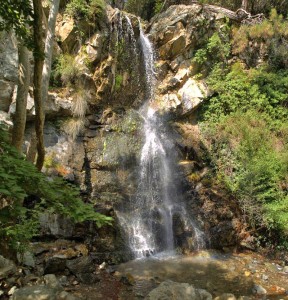
In order to enjoy nature and the clean and fresh air in Cyprus, and also take memorable photos of the background of the magnificent plants, it is most convenient to go to on a walk, using one of the developed hiking trails on the island. The most popular among tourists and visitors to the island in the last year were routes on the Lara peninsula , a walk through the Avakas gorge, on the trail of Aphrodite, the Arnies trail, a walk through the Cedar Valley (Cedar Valley), on the nature trail Panthea in the Troodos Mountains, as well as trips to the Caledonia waterfalls (Caledonia Nature Trail) and Millomeris.
In order to facilitate your journey to different parts of the island, you can take advantage of rental cars (about 35 euro per day), call a taxi (0.7 euro per 1 km without boarding and standby time), and take a guide with you, who will make your trip more complete, informative and interesting (the average price is 30 euros).




